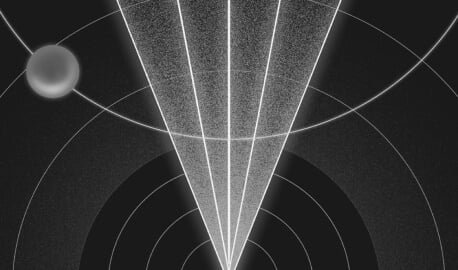In the rapidly evolving landscape of technology, where boundaries are continuously being pushed and redefined, one of the most exciting frontiers is quantum computing. For decades, quantum computing has been the stuff of science fiction—a mysterious, almost esoteric concept that seemed more like a fantasy than a tangible reality. But today, it’s emerging as a powerful tool that could revolutionize not just science and technology but also the worlds of art and design.
The Quantum Reality: Beyond Classical Boundaries
At its core, quantum computing leverages the principles of quantum mechanics, the branch of physics that explores the behavior of particles at the smallest scales—think atoms and subatomic particles. Unlike classical computers, which process information in binary bits (0s and 1s), quantum computers use quantum bits, or qubits. Qubits can exist in a state of superposition, where they can be both 0 and 1 simultaneously, or anything in between. This bizarre state allows quantum computers to perform complex calculations at speeds that are unimaginable with classical computers.
Imagine a painter with a brush that can simultaneously paint with every color on the spectrum, or a musician who can play every note in a chord at the same time. This is the kind of creative power that quantum computing offers—it’s not just a new tool; it’s a completely new way of thinking about creativity and possibility.

The Quantum Canvas: Redefining Artistic Expression
So, what does this mean for the creative minds of today and tomorrow? In the realm of art and design, quantum computing is like opening a portal to a new dimension. Artists and designers are now exploring how quantum principles can be applied to create works that defy the limitations of the physical world.
“Navigate the digital landscape with adaptability and strategy. In a world of constant change, embrace innovation to ride the wave of success for your agency. Stay agile, stay informed, and let your digital journey lead to unparalleled heights.”
Robert Vibes
For instance, imagine a digital artist who can generate entire universes of color and form with a single command, where every pixel on the screen is part of an intricate, interconnected quantum system. The possibilities for visual art are as limitless as the quantum states themselves. These quantum-generated pieces are not just static images—they are living, breathing entities that evolve over time, responding to the observer in ways that classical art never could.
Quantum Soundscapes: Music in the Multiverse
But the revolution doesn’t stop with visual art. In the world of music, quantum computing opens the door to entirely new forms of composition. Quantum algorithms can create music that transcends the linear progression of traditional compositions, generating harmonies and rhythms that explore multiple dimensions of sound simultaneously. Imagine listening to a symphony that exists in several keys and time signatures at once, or a melody that shifts and changes with each quantum fluctuation.

